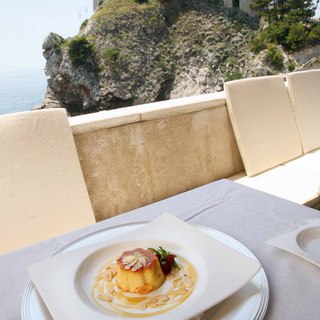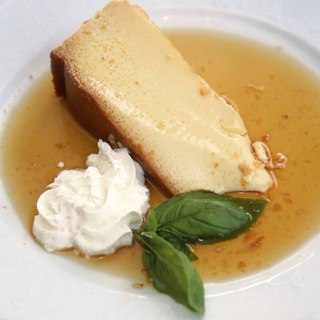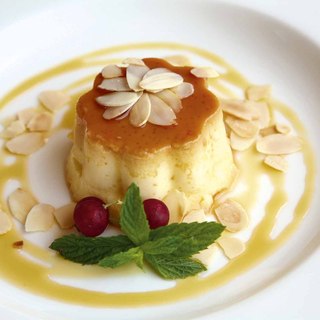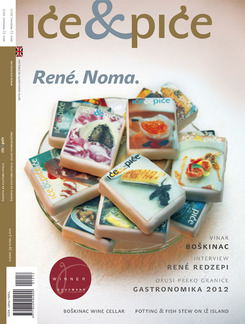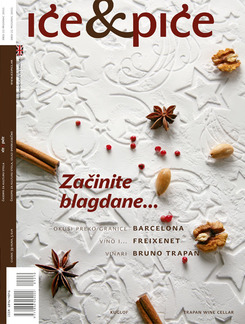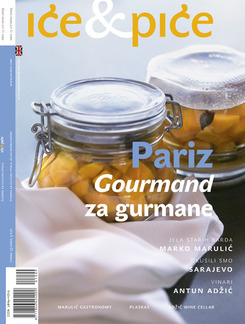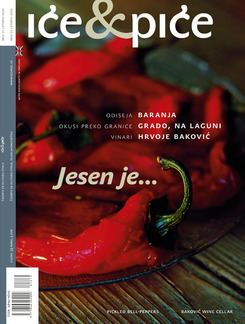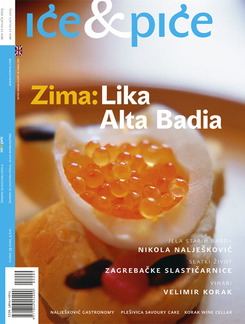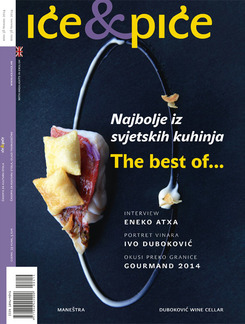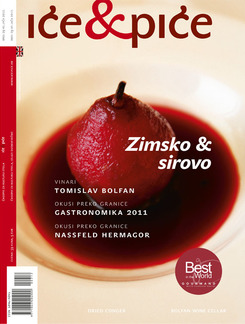This summer, many people are going to enjoy rožata for the first time. This is a dessert that tells of rather special occasions and feast days, which hospitable householders from the south traditionally want to serve to welcome travellers and visitors. But whether this is really a home-grown product is a question that has to be raised, for this and many other local dishes; in Spain, for example, our rozata is called crema catalana
The recognition factor of the Dalmatian table – like the identity of all the peoples in this tempestuous region – was created, modified, adjusted and accepted in contacts with various conquerors and newcomers, of whom there were many indeed on the Adriatic coast. Although many people would first of all want to adduce these impacts in such concrete categories as architecture and building and the various fine arts, the influence on eating habits has become so much at one with the local way of life that many recipes today considered indigenous, or even family secrets, in fact derived from invaders who were fond of eating well. Thus along with the well-known but relatively recent impacts from Austro-Hungary and Italy, we have inherited our gastronomy from the ancient Egyptians, the Greeks, Etruscans, Romans, Persians, Mongols, Turks and Jews. Thus we won’t go far wrong it we say that food generated the first and the most palatable kind of globalisation, and that many of the recipes that we find in the old notebooks of our grannies were invented in the palace kitchens of this and that king, duke and feudal magnate.
It is not certain that the popular Dalmatian dessert has quite this noble background, but it is known that rožata, in its various etymological forms, was created in the 15th century, that it is of Spanish origin, and was known as crema catalana.
Anything half as sweet as a slice of rožata?
At the beginning this was a pudding that was a typical Catalan dessert known as crema de sant Joseph, i.e., of the husband of Mary, whose feast day in Spain is March 19. The basis of the recipe is crème caramel and sugar. It consists of egg yolk, sugar, lemon and orange peel and milk and flour. Only real experts however can achieve the proper relation between the cooled crème at the bottom and the caramelised hot sugar on the top. Ingenious Catalan women sometimes also put in fruit, nuts and soft unsalted sheep’s cheese with honey.
But this is the easier bit of the story, for as things usually are with centuries-old recipes known as authentic vernacular treats, other people too lay claim to it and while you eat rožata in Croatia, crema catalana in Spain, in the UK you won’t go far wrong if you order crème caramel, the French call it crème brulée and the Portuguese pudim flana. Differences do exist, but if you like the taste of rožata, then crème brulée won’t disappoint you. The main difference between the Catalonian and the French versions is in the heating implement used for the crème brulée and the use of cream instead of milk.
Those interested in the history of recipes have come across the item that crema catalan was originally an English 17th century recipe that was fortuitously discovered in Trinity College Cambridge when cream got burned (crème brulée). However, the idea of causing some international gourmet strife is the last thing we want. Just, hats off to the person who first invented the must-eat Dalmatian (!) pudding.
And how much a single recipe can vary even within a relatively small setting is shown by rožata, quite different in Dubrovnik, on Brač and on Hvar. Try any of them, or set up a blind tasting competition to pick the best. Vladimir Putin and George W. Bush allegedly opted for the original Dubrovnik version. The latter so much so that he ate the portion set in front of Condoleeza Rice. And one more interesting fact. The Croatian Public Health Institute once published the item that it is the only kind of sweet that is always, in all microbiological analyses, one hundred percent germ-free. The explanation inheres in the preparation, for although the basis is eggs, the purity is provided by the two heat treatments. According to the original recipe, the crème is first steamed, and after steaming is baked. It is served by being put upside down from the mould and poured with thick sugar syrup, which because of the concentration reduces the activity of the water, medium for the growth of bacteria, and has an antibacterial effect. Hence, as the song from the South says – Is there anything half as sweet as a slice of rožata?
